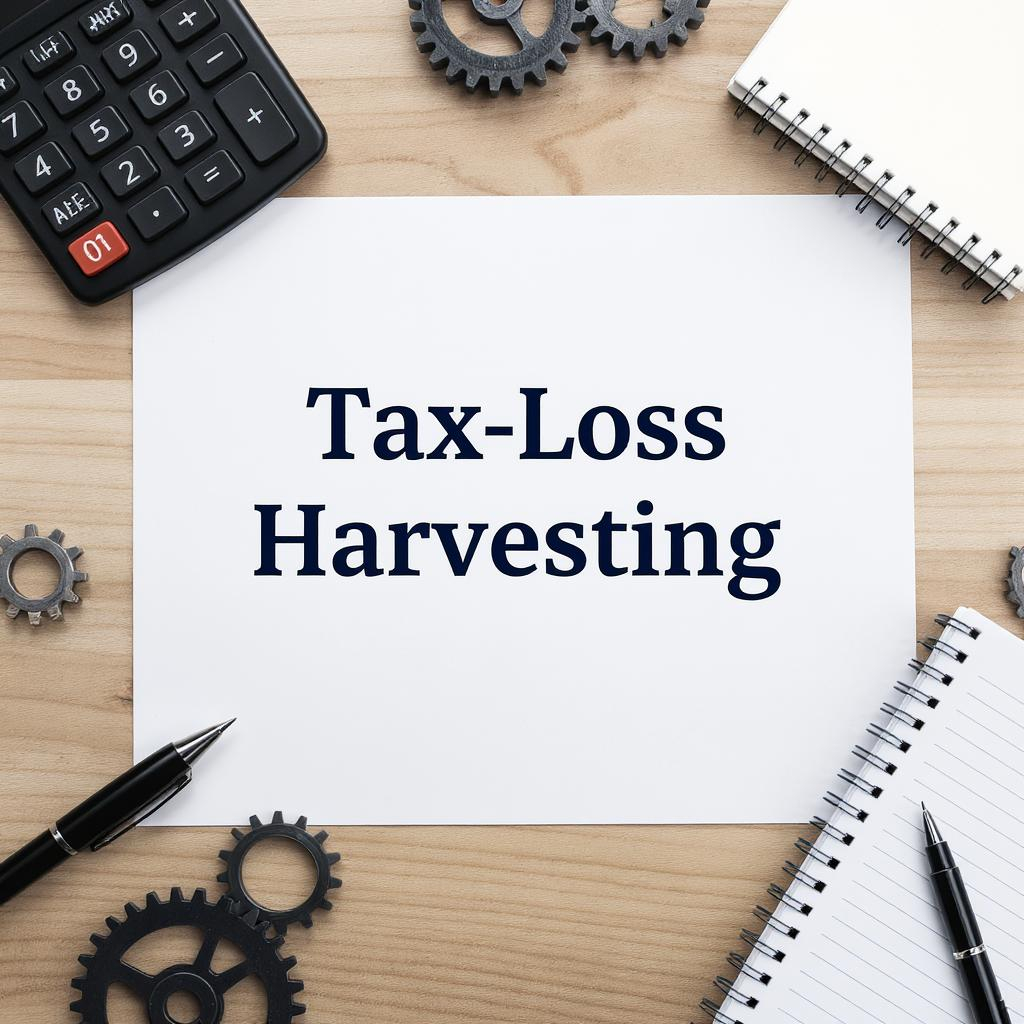For ultra-high-net-worth (UHNW) investors and family offices, the mandate extends beyond mere capital growth; it encompasses the sophisticated preservation and intergenerational amplification of dynastic wealth. In an investment landscape characterized by unprecedented market dynamics, persistent inflationary pressures, and a demand for superior, uncorrelated returns, the strategic allocation of capital today will define legacies for decades to come. Increasingly, private equity (PE) has transitioned from an alternative allocation to an indispensable core strategy for discerning investors seeking to navigate these complexities and secure their financial future. Here’s why private equity warrants a preeminent position within your diversified portfolio.









